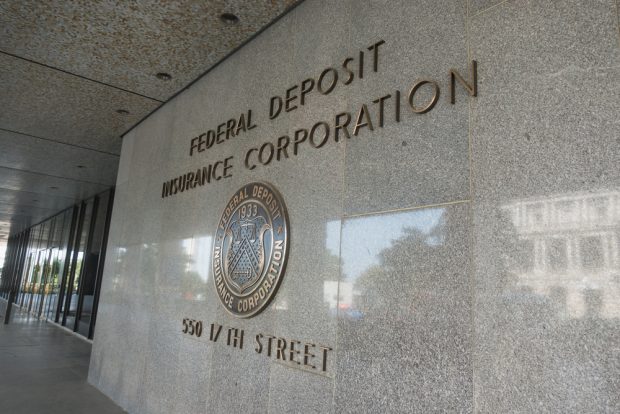For all of the attention given to millennials as the "mobile first" generation and as "digital natives," the reality is that their financial needs and goals are not much different than those of their parents and grandparents. Millennials still need basic checking and savings accounts, and as the economy continues to grow and they progress through young adulthood, they will need access to loan products, retirement planning and more. For millennials, a trip to the branch isn't the problem. The problem often lies within the host of manual, paper-based processes that come with traditional branch banking. In fact, millennials as a group have demonstrated a marked proclivity for leveraging both digital and brick-and-mortar when it comes to working with their product and service providers. For many credit unions, this presents a problem. They have invested heavily in establishing and supporting their digital banking channels, but now must figure out how to successfully deliver a consistent member experience across both digital and branch environments.
The challenge is not that credit unions need to reinvent themselves to stay relevant in their communities, but rather, determine how they can leverage new technologies to create branch banking environments that complement – and even enhance – what their millennial members are able to do via their mobile devices. For many credit unions, innovation in self-service is providing this bridge.
Some innovative credit unions are already using self-service technology to transform the branch banking experience into more of a retail experience through functionality like transaction pre-staging, which is possible through the utilization of the NCF reader embedded in most smartphones. Much like mobile pre-ordering at the local coffee shop, this functionality provides members with a seamless service experience: They "order" their transactions using their mobile device before they enter the branch, and then "pick up" their transactions on the self-service kiosk once inside.

Recommended For You
Unlike traditional ATMs, self-service kiosks fulfill a larger role within the branch, handling transactions that historically require the assistance of a teller (such as money orders, cashier's checks or specific types of cash withdrawals). The self-service technology frees staff to serve as relationship managers with their members and work in a more consultative, Universal Banker capacity. Credit unions not only gain efficiencies by streamlining branch staffing, but also provide the member with a deeper, interpersonal line of communication with the credit union. This is particularly relevant with millennials, who require individualized financial counsel and products, and may be learning about them for the first time. Self-service technology encourages the member's presence within the branch and then simultaneously supports the credit union's ability to seize that presence to cultivate a more meaningful member relationship moving forward.
Banks and credit unions alike are beginning to recognize that digital banking is not a replacement for the branch and that there is real value to be realized when branch banking and digital banking work in tandem with each other. Doing so enables them to extend the value of their investments in both. Millennials are quite open about expressing their preferences, and those credit unions that listen and use the technology available to them to respond accordingly will have a competitive advantage in growing their member bases.
 Suzi McNicholas is Vice President, Marketing for Source Technologies. She can be reached at 704-969-7592 or [email protected].
Suzi McNicholas is Vice President, Marketing for Source Technologies. She can be reached at 704-969-7592 or [email protected].
© Touchpoint Markets, All Rights Reserved. Request academic re-use from www.copyright.com. All other uses, submit a request to [email protected]. For more inforrmation visit Asset & Logo Licensing.






